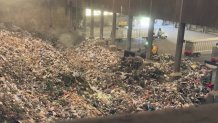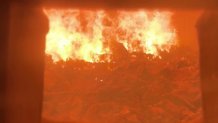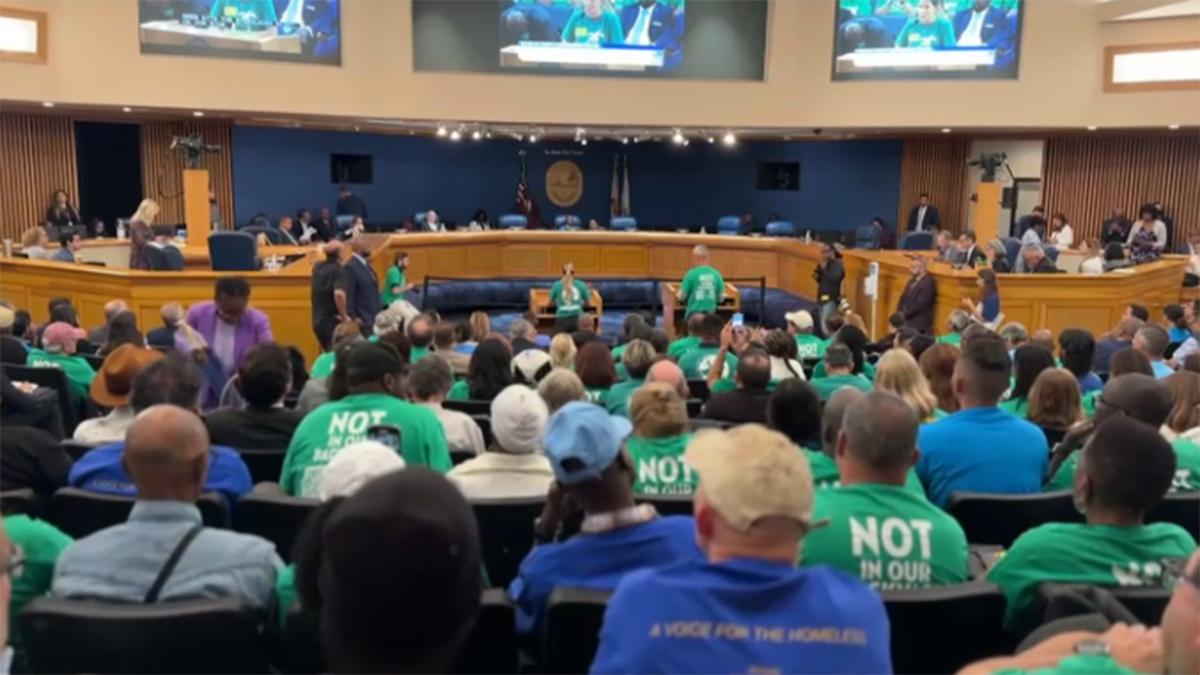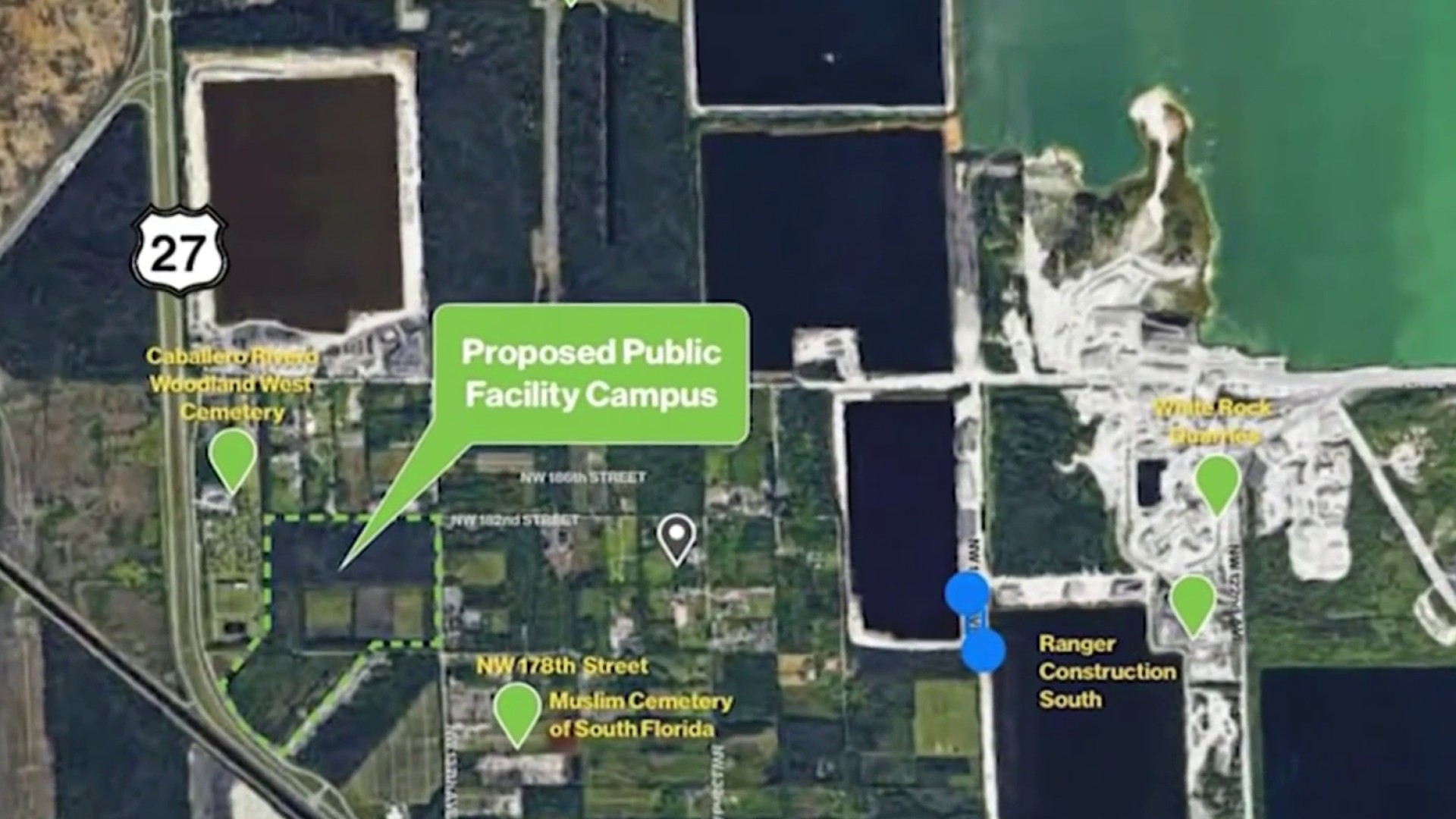Controversy over the placement of Miami-Dade County's new incinerator continues, as a vote on where to build a new facility to replace the one that burned down last year was deferred to November.
That proposal includes four locations – including one on the outskirts of the city of Miramar, which has received the most pushback from the community.
Opponents' primary concern about the incinerator is how, if at all, it could impact the quality of life. So NBC6 went to a community up in West Palm Beach that knows what it's like to live near a modern-day incinerator.
A look inside
The Hurricane season is on. Our meteorologists are ready. Sign up for the NBC 6 Weather newsletter to get the latest forecast in your inbox.
Built in 2015, the plant is one of two incinerators on the 1,300-acre solid waste campus which sits next to a massive wildlife preserve. The first incinerator was built in 1989. The waste-to-energy plants create enough electricity to power roughly 90,000 homes.

As NBC6 toured the facility, we were directed to look at a massive garbage pit where trucks unload tons of trash almost every day. According to a plant engineer, the pit currently has 13,000 tons sitting in it. But the capacity is a whopping 40,000 tons. The trash often sits in this pit for a couple of days to “dry out” before three massive cranes use claws to lift it and drop it into the boiler.
The engineer opened a small window that showed the trash being incinerated in a boiler. With temperatures reaching 2500 degrees, the image is comparable to looking at the surface of the sun.

Once the trash is reduced to ash, trucks take the ash to the nearby landfill.
Emissions go through a massive “air pollution control” unit before the energy is created. Plant officials say visible emissions aren’t released from the 320-foot stack.
What is emitted from the waste-to-energy plant?
Joe Kilsheimer, the Executive Director of the Florida Waste-to-Energy Coalition, says carbon dioxide emissions that meet EPA standards are released.
“Carbon dioxide is emitted during the combustion process, there’s no getting around that. What the waste energy industry says is that when you compare carbon dioxide emissions from waste-to-energy facilities versus methane emissions from landfills, the comparisons are very favorable. Methane is 80 times more potent in greenhouse gas than just carbon dioxide,” Kilsheimer said. “The regulated limits are protective of human health. Where most energy waste facilities operate is way below those limits.”
But some residents in Miramar say they don’t trust having an incinerator less than 2 miles away from their home. The city’s mayor has threatened to sue Miami-Dade County if commissioners approve building one near the Broward County line.
“Cigarettes were told to be safe. How many times do we have to go through a process after the fact? There is no incineration technology that has complete carbon dioxide capture,” said Miramar Mayor Wayne Messam.
Palm Beach residents are divided on the safety of incinerators
NBC6 spoke to residents who live near the Palm Beach incinerators to see what they were saying about the proximity of the plants.
“Personally, I’ve seen no problems,” said David McCamish. “This is the hottest part of the year and it still ain’t bad. Can you smell anything? Nada.”
McCamish has lived in his home for 58 years – long enough to see both plants built. While he tells NBC6 he hasn’t had any health issues, his neighbor feels there is concern over a potential accident, referencing what happened in Doral in 2023.
“Would it catch on fire or anything? Will it blow up? You know, that’s a concern,” said West Palm Beach resident Leila Bryan.
She also told us that she has frequent headaches but can’t confirm if it’s connected to the incinerators.
Where will Miami-Dade County build the new incinerator?
After Miami-Dade’s incinerator burned down in February 2023, the county started researching new locations to build it. Four options were considered including the old Opa-Locka West Airport site that was recommended by Mayor Daniella Levine Cava after touring the West Palm Beach plant.
The other three sites include a plot of land off West Okeechobee Road, a site in Medley, or to rebuild at the current site in Doral.
Doral residents who live as close as 500 feet to the plant have pushed to move the incinerator elsewhere. Doral Mayor Christi Fraga agrees with the Airport West recommendation, agreeing that the city would financially contribute to the project if it were moved out of her city.
“We do not want this burden to be on anyone else, but we cannot put a price on the health and quality of life of our children,” Fraga said. “We are financially pledging to contribute towards this relocation.”
At Tuesday’s Miami-Dade Commission meeting, commissioners voted on a 60-day referral period, pushing the critical vote to Nov. 6.



